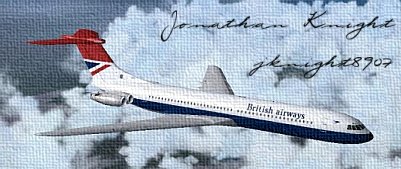 by Fozzer » Thu Jul 01, 2004 2:58 pm
by Fozzer » Thu Jul 01, 2004 2:58 pm
Hi OTTOL...!
Thanks for the reply...
Maybe Microsoft/aircraft designers didn't get the tacho indications quite right as you suggest.
With a fixed pitch prop on my, (sim), Cessna 152, the revs reach 2,700 RPM on take-off and climb.
When reaching cruise altitude I back-off the throttle and re-trim, to cruise in the green, also weaken the mixture slightly when above 2,000 feet ASL.
I can fly at full throttle, against a head wind, or air racing, (2,700 RPM), at the expense of high fuel consumption.
This may stress the engine somewhat, but probably doesn't cause the engine to fail in the short term.
It's that little thin red line at 2,400 RPM in the Cessna tacho' which confuses me...?
On a real '152, maybe the load exerted by the fixed pitch prop on the engine in climb and cruise, prevents the revs from exceding 2,400 RPM...and only reaching 2.700 RPM in a dive, (disaster?)...!
On my motor bike everything from 10,500 to 12,500 RPM is is in RED and must not be entered at any time...!
On VP props I use the usual throttle/prop/mixture levers, manifold pressure, and EGT, and fuel flow, to keep everything in the green during the cruise... as you do...!
Cheers OTTOL...!
Paul
Last edited by
Fozzer on Thu Jul 01, 2004 3:01 pm, edited 1 time in total.
Win 8.1 64-bit. DX11. Advent Tower. Intel i7-3770 3.9 GHz 8-core. 8 GB System RAM. AMD Radeon HD 7700 1GB RAM. DVD ROM. 2 Terra Byte SATA Hard Drive. Philips 17" LCD Monitor. Saitek Cyborg X Fly-5 Joystick. ...and a Briggs and Stratton Petrol Lawn Mower.







